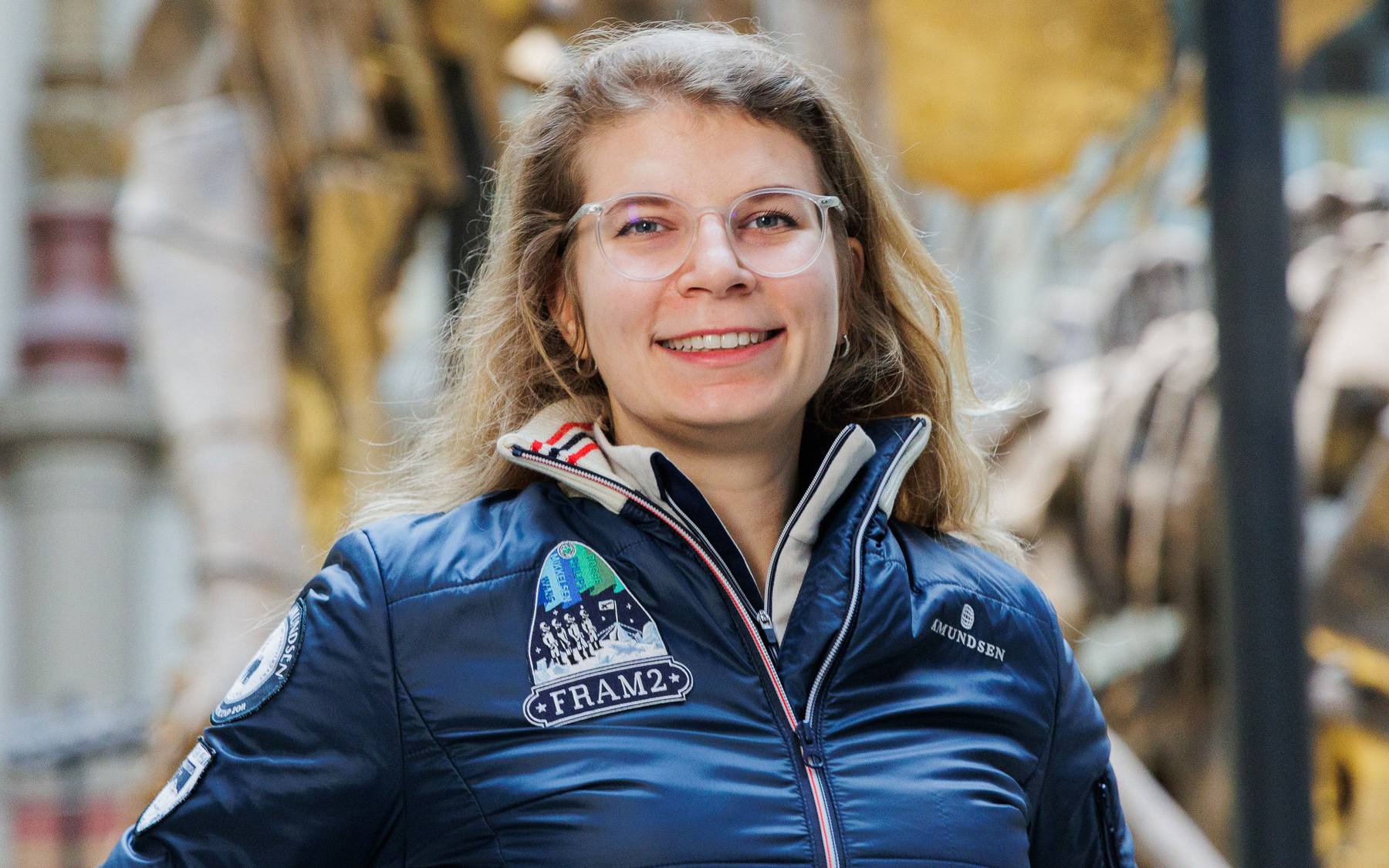“It used to be a garage,” Adrián Socorro told me as he opened the large doors of El Garabato, his art studio on Calle Narváez beside the San Juan River. “Then, around the time that Matanzas was preparing for its 325th anniversary in 2018, the city historian finally approved my project and I moved in.”
Inside was a warehouse-like room littered with the paraphernalia of an active workshop: plastic bottles and clusters of brushes, a multi-coloured palette, a half-finished sculpture of a cow-like animal hanging upside-down from the ceiling. Paintings were everywhere: hung on walls; propped on easels; stacked on tables. I spied dogs, chickens, flowers and nudes, all of them creatively drawn in a style that seemed to mix impressionism with the avant-garde.
“I paint from my own life and experience,” Socorro explained. “I don’t paint those pictures of old ladies smoking cigars that the tourists want to see.”
Socorro is from Matanzas, a port city wrapped around a deep, sheltered bay 90km east of Havana, Cuba. When I revisited in December 2021 after a three-year gap, small but innovative restaurants offered homemade pasta and snack-sized tacos. The riverside walkway of Calle Narváez was a glorious artistic esplanade embellished with astonishing sculptures: an emaciated pig standing atop a red balloon; a depiction of Cuban national hero, José Martí, with a sword in his mouth; pink stepladders and life-sized giraffes. Within the space of 300m, I wandered from Socorro’s studio-gallery past a music school, an art college and half a dozen imaginative bars and cafes.
It felt like a completely different city than the one I first travelled to in the late 1990s – then a scarred, dilapidated and semi-abandoned place, left to rot during the country’s economically challenging “Special Period”, a decade of austerity after the dissolution of the Soviet Union, whose subsidies had made up around 30% of the Cuban GNP. Back then, foreign visitors were whisked from the airport to swanky new resorts in the nearby town of Varadero, where Cuban guests were barred from entering resorts. Calle Narváez was a neglected warehouse district. The Parque Libertad, beautifully Botoxed by 2021, was dingy and unloved. Restaurants were practically non-existent. To me, the city resembled a sunken ship, a stricken Titanic whose damaged riches were hidden by decades of neglect.




















Discussion about this post